A popular hydrangea just got a new hue
Name: Invincibelle® Spirit smooth hydrangea (Hydrangea arborescens ‘NCHA1’)
USDA Hardiness Zones: 3 to 9
Conditions: Full sun to partial shade; moist, well-drained soil
There are too many hydrangeas being sold today. Every year, more selections hit the market, and it’s almost impossible to know which ones will be worth their price tag. I have long loved the classic ‘Annabelle’ hydrangea for its hardiness; sturdy, erect stems; and large white flowers. So imagine my delight when I discovered that there is a pink version of this popular cultivar.
Invincibelle® Spirit hydrangea is essentially an ‘Annabelle’ with rose-colored blooms. I planted it my garden a few years ago and was amazed by its long bloom time and its ability to establish itself quickly. In its second season, it practically doubled in size. The other noteworthy attributes of this plant are its drought tolerance and the fact that it can rebloom without deadheading.
➤ It’s hardy with a capital H: Winter damage is common with many hydrangeas, but Invincibelle® Spirit has a cold-weather toughness that surpasses most cultivars—and yet the plant is also extremely tolerant of high heat. It loves a rich, well-drained, moist soil but is also quite adaptable.
➤ Don’t try to turn this baby blue: Regardless of the pH of your soil, Invincibelle® Spirit hydrangea will always have pink blossoms. And because of its long, strong stems, it makes an excellent cut flower. An extra reason to buy it: For every shrub sold, Proven Winners (the company that holds the patent for Invincibelle® Spirit) is donating $1 to the Breast Cancer Research Foundation.
—Stephanie Cohen is a plant expert, author, and lecturer who travels from coast to coast sharing her vast gardening knowledge.
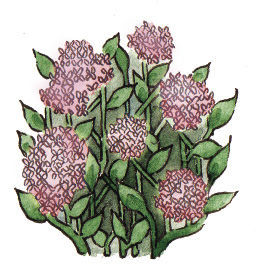
3 to 5 feet wide
3 to 5 feet tall

• • Sources
Klehm’s Song Sparrow Farm and Nursery, Avalon, Wis.; 800-553-3715; www.songsparrow.com
Spring Hill Nurseries, Tipp City, Ohio; 513-354-1509; www.springhillnursery.com
plant picks
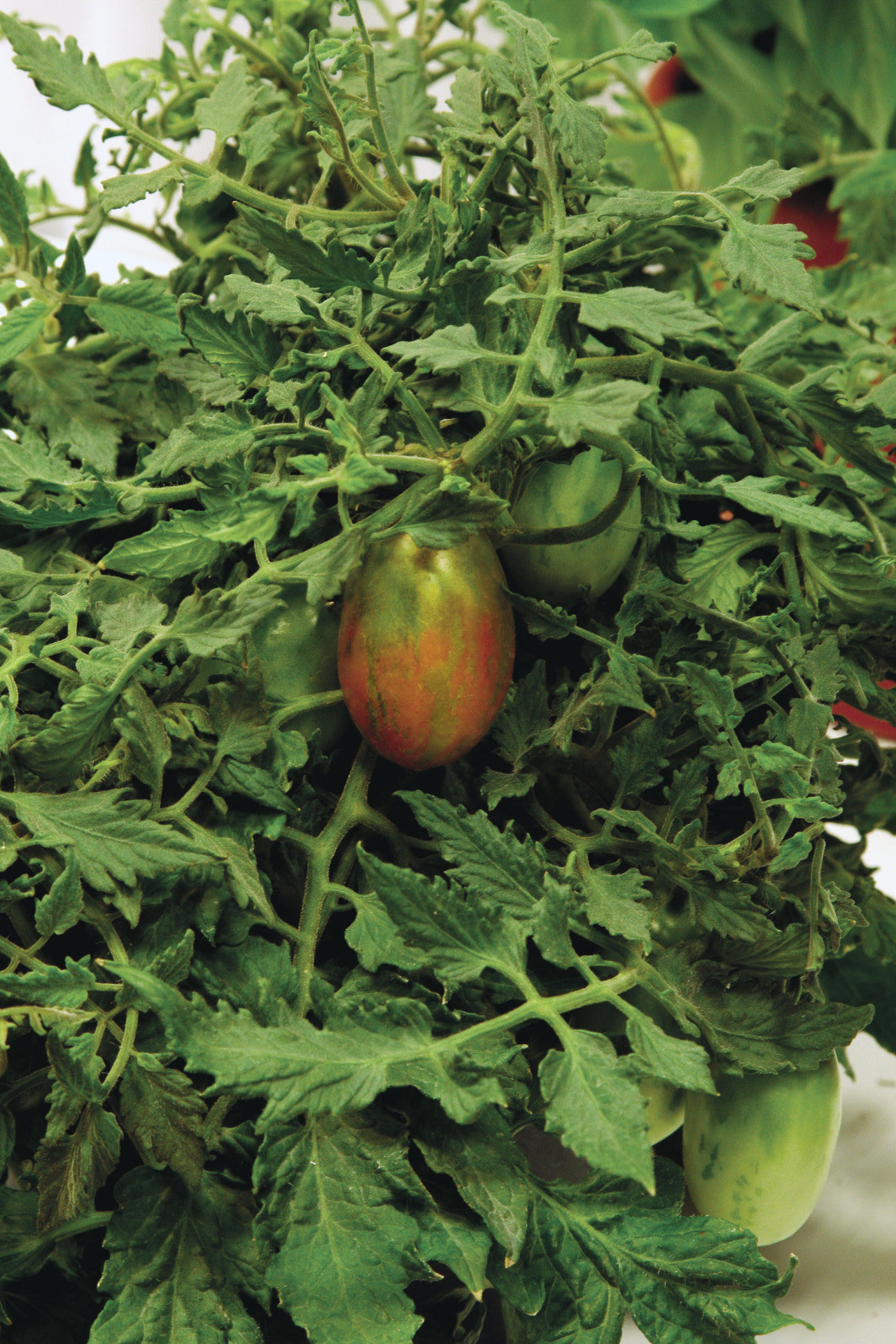
A spring bloomer that deserves more attention
Name: Hacquetia (Hacquetia epipactis)
Zones: 5 to 7
Conditions: Partial sun to full shade; rich, moist, well-drained soil
Think of hacquetia as the blue-collar worker of the perennial world: It always shows up to work early, puts in long hours, and gets the job done. This plant is a true star of early spring, flowering well ahead of most other perennials. Here in the Northwest, it is not uncommon to see the showy, chartreuse yellow flowers rebuffing the winter gray as early as January. One of the qualities we like most is that it doesn’t look like anything else, prompting visitors to ask, “What is that plant?”
This odd member of the Apiaceae family (think of carrots or Queen Anne’s lace) has a small button of insignificant “true” flowers, which are surrounded by petal-like bracts. These bracts glow as though infused with sunshine stored from the previous summer and appear at ground level even before the leaves show up. As spring progresses, these flowers grow taller, mingle with toothed leaves, then ease into a bright lime green. The intriguing blooms persist well into summer, eventually fading to the same jade color as the leaves.
➤ How do I make more of it?: Propagation of hacquetia is easy: Divide it. Division is a matter of pulling or cutting off a section of the plant’s crown that has three buds or more just as it is making new growth in early spring. Spring division is best for cold zones, but in areas with a mild winter, fall division is fine, too.
➤ Look for its exotic but elusive cousin: Hacquetia can sometimes be hard to find in nurseries but is well worth searching for. Even harder to find—and correspondingly more dear—is the variegated version: ‘Thor’ hacquetia (Hacquetia epipactis ‘Thor’, Zones 5–7), which has gorgeous creamy-white-and-green leaves and flowers.
—Sue Milliken and Kelly Dodson own Far Reaches Farm in Port Townsend, Washington.
Fine Gardening | www.finegardening.com


6 to 12 inches wide
A tomato built for a hanging basket
Name: ‘Rambling Red Stripe’ tomato
Zones: Annual
Size: Determinate
Conditions: Full sun; moist, well-drained soil
If you’ve caught any late-night television recently, you’ve undoubtedly seen those infomercials for upside-down tomato kits. Being a veggie gardener, I will admit to being slightly intrigued by the concept. So I’ve decided to grow tomatoes in hanging baskets this spring—and I now have the perfect variety to plant in them: ‘Rambling Red Stripe’.
This variety has a compact growth habit, making it perfect for a cramped hanging basket. The foliage is fernlike in appearance and extremely fuzzy, while the sweet-tasting red-and-green-striped fruit hang in clustered bunches at the tips of the branches. This is a new introduction from Vegetalis, so it may be hard to find this year—but keep your eyes peeled. Because ‘Rambling Red Stripe’ is attractive and supposedly tastes as good as an heirloom tomato, it’s sure to become popular.
—Danielle Sherry is an associate editor who is always on the lookout for new veggies.
2 to 4 inches tall
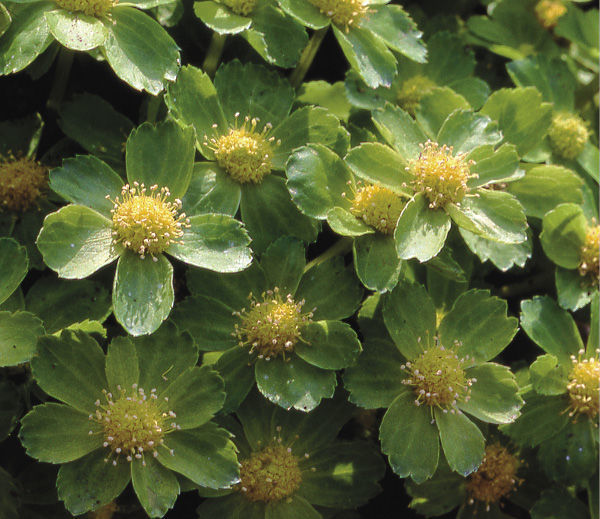
• • Sources
Fraser’s Thimble Farms, Salt Spring Island, B.C.; 250-537-5788; www.thimblefarms.com
Pacific Rim Native Plant Nursery, Chilliwack, B.C.; 604-792-9279; www.hillkeep.ca
Photos, except where noted: Danielle Sherry; p. 23, Steve Aitken; p. 24 (top), courtesy of Mike Ireland; p. 25 (right), courtesy of www.perennialresource.com. Illustrations: Kevin Stanton
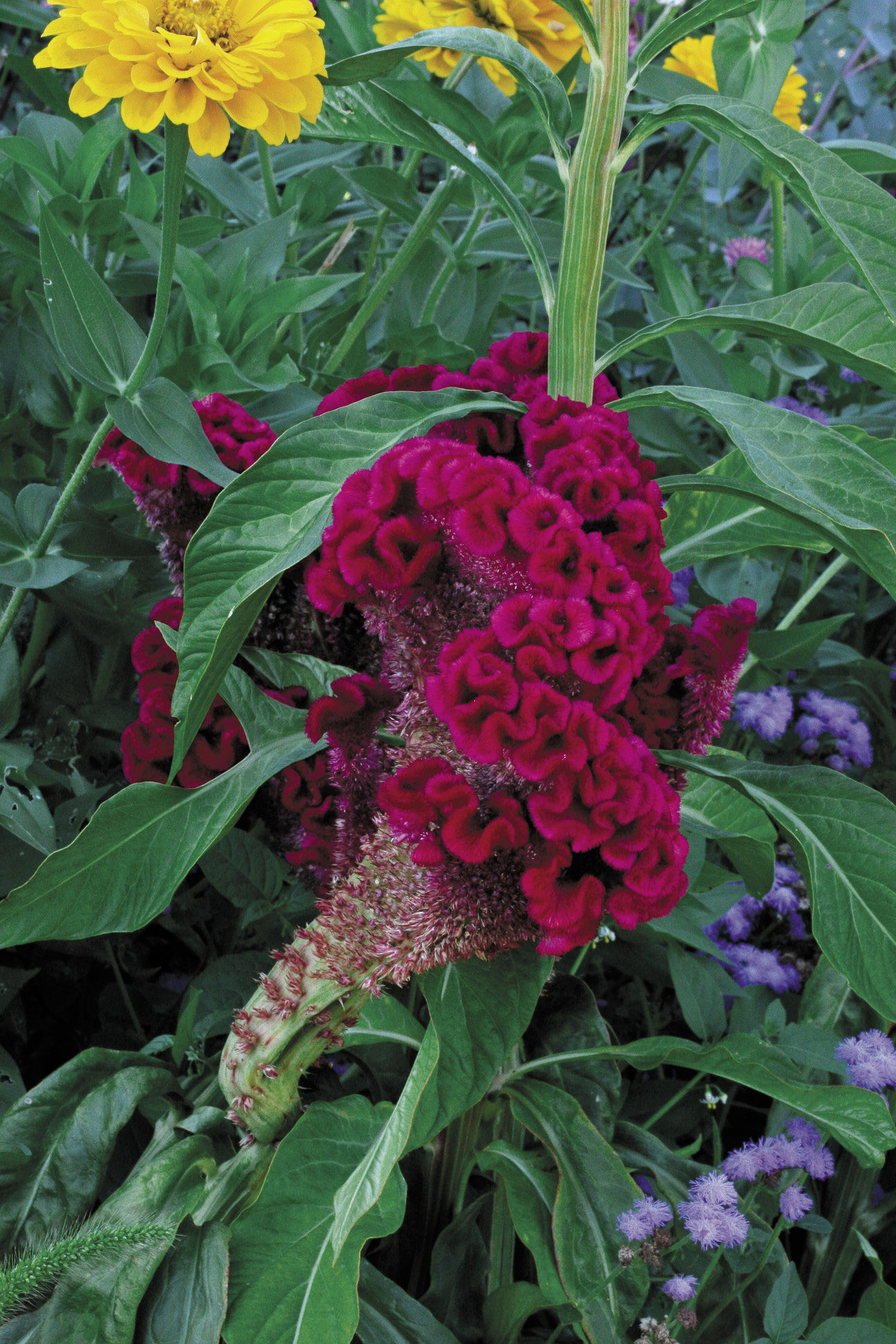
It’s big, it’s bold, and it’s one of the weirdest-looking plants out there
Name: ‘Cramer’s Burgundy’ celosia (Celosia argentea var. cristata ‘Cramer’s Burgundy’)
Zones: Annual
Conditions: Full sun; rich, moist soil
Celosias: If the first thing that comes to mind is little party favor–size annuals in six-packs sold at the big-box stores, those are not the celosias of which I speak. ‘Cramer’s Burgundy’ is a tall celosia that has huge, velvety, brain-shaped blooms bigger than the size of your, well, brain. This is a plant that incites lust and frenzy in normally polite gardeners when the plants start blooming in our demonstration beds in late summer.
Adding fiery excitement at a time of year when the garden can become a monotonous wall of yellow and orange, ‘Cramer’s Burgundy’ blooms well into fall in most zones. The tactile, fuzzy flowers start out crested and continue to develop into outrageous, tightly frilled and lobed cauliflower-shaped heads. These blooms can reach up to 6 inches in diameter. We grow ours in large containers of rich soil and place them in full sun. In the Bay Area of California, where temperatures rarely rise above 80°F, the plants usually reach only 2 feet tall, but I’ve seen enviable stands of massive 4-foot-tall plants with enormous showstopping blooms in hotter climes.
➤ Easy to grow from seed or start: If you sow the seeds of ‘Cramer’s Burgundy’ celosia in early to midspring, the blooms will complement other late-summer flowers, like black-eyed Susan (Rudbeckia spp. and cvs., Zones 3–9). If you’re buying the plant from a nursery, be sure to get it when it is only a few inches high in the pot. If it is already starting to get tall in the container, it won’t get much bigger in your garden because the roots become stunted.
➤ Dramatic and unexpected in a vase: This celosia makes a fabulous long-lasting cut flower. It holds its intense color when dried and can be used in glorious fall arrangements or wreaths. If that doesn’t get you excited about ‘Cramer’s Burgundy’, you may be beyond my help.
—Elayne Takemoto works with hundreds of unusual plants at Annie’s Annuals & Perennials in Richmond, California.
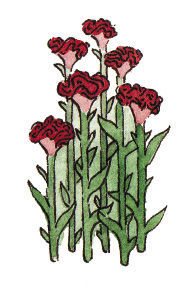
16 inches wide
• • Sources
Annie’s Annuals & Perennials, Richmond, Calif.; 888-266-4370; www.anniesannuals.com
Johnny’s Selected Seeds, Winslow, Maine; 877-564-6697; www.johnnyseeds.com
30 inches tall
Q & A
An early option in orange
Q I love the yellow and orange flowers that bloom in my late-summer garden (e.g., sunflowers and black-eyed Susans). What can I plant that is similar for spring?
—Debbie Shooster Dover, New Hampshire
A Geums are largely overlooked as wonderful spring-blooming perennials, despite being attractive, easy-to-grow, long-blooming plants. And a new variety from Walters Gardens in Zeeland, Michigan, might be exactly what you are looking for. The purple buds of ‘Alabama Slammer’ (Geum ‘Alabama Slammer’, Zones 5–7) open to reveal ruffled gold blooms with splashes of red and orange. The plant is fairly compact, growing 12 to 14 inches tall and wide, and has glossy, light green foliage. As a bonus, this cultivar is supposedly hardier than other geums.

Fine Gardening Recommended Products

Razor-Back Potato/Refuse Hook
Fine Gardening receives a commission for items purchased through links on this site, including Amazon Associates and other affiliate advertising programs.

A.M. Leonard Deluxe Soil Knife & Leather Sheath Combo
Fine Gardening receives a commission for items purchased through links on this site, including Amazon Associates and other affiliate advertising programs.

Berry & Bird Rabbiting Spade, Trenching Shovel
Fine Gardening receives a commission for items purchased through links on this site, including Amazon Associates and other affiliate advertising programs.


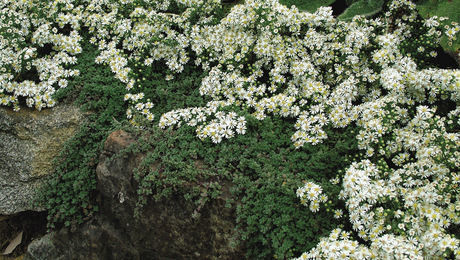















Comments
Log in or create an account to post a comment.
Sign up Log in